Home![]() Articles
Articles![]() Tips and Tricks to Ace These Perfect Chocolate Desserts on World Cities Day
Tips and Tricks to Ace These Perfect Chocolate Desserts on World Cities Day
Soak in the richness of chocolates as we celebrate World Cities Day, and with the delectable desserts found in each of these cities, these creations will continue to linger on and be enjoyed by people worldwide.
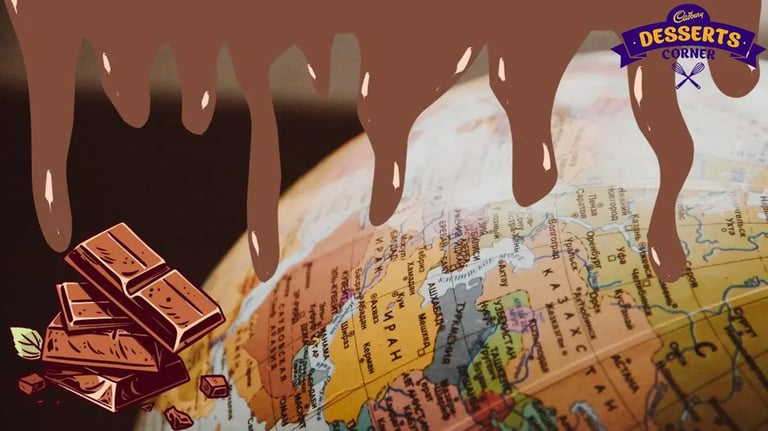
Soak in the richness of chocolates as we celebrate World Cities Day, and with the delectable desserts found in each of these cities, these creations will continue to linger on and be enjoyed by people worldwide.
Today is an occasion to celebrate the great urban life and all they have to offer. Rather than focus on just one place, this World Cities Day lets us appreciate the diversity of confections found in metropolises across the globe, especially in some countries, some of whose cities are synonymous with their sweet delicacies.
Whether handcrafted chocolates, pastries, or other delights, urban areas take local ingredients and traditions, and transform them into something delicious, and at other times, works of edible art. The skilled patissiers and chocolatiers in these cities perfect their craft over generations, gaining acclaim for their delectable creations. What’s better when desserts and chocolates combine?
1. Chocolate Mousse from France
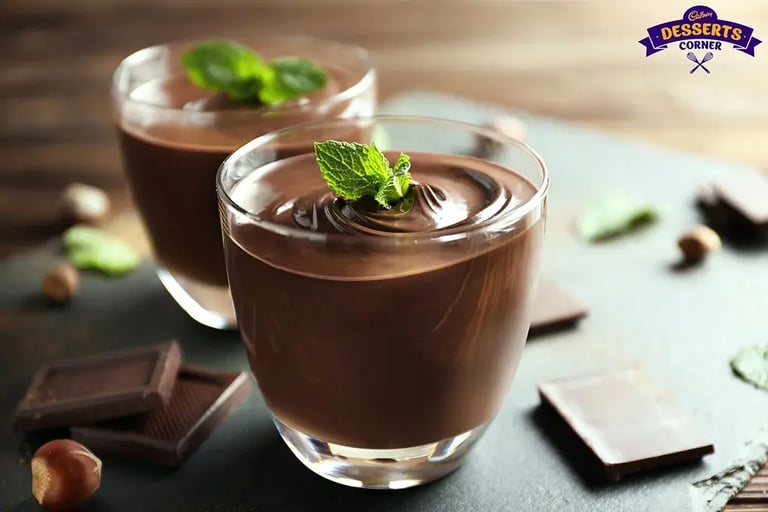
The origins of chocolate mousse can be traced back to late-19th century France, where the French post-Impressionist painter Henri Toulouse-Lautrec is credited with its invention. It was first described simply as "mayonnaise au chocolat" during that time.
The perfect mousse relies on eggs and how they are tempered. Melted chocolate is slowly poured into whipped egg whites, folding gently into them. This incorporates air and prevents deflating. For an ultra-silky texture, using high-quality chocolate and whipping egg whites to form soft peaks can help achieve the dreamy texture. Refrigerate for at least 4 hours to set before serving for a rich, creamy mousse that's foolproof every time.
2. Brigadeiro from Brazil
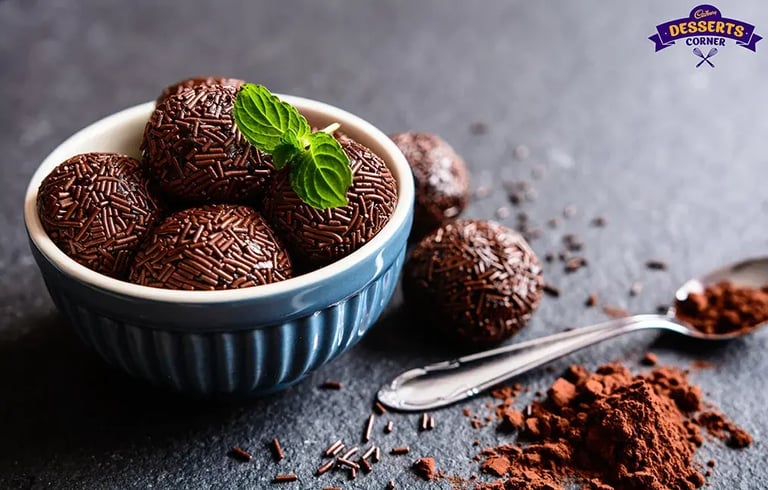
These are simply chocolate fudge truffles, made with just 3-4 ingredients. Condensed milk, butter, and cocoa powder are rolled into balls and coated with chocolate sprinkles to give the Brigadeiros their trademark texture. The origin remains uncertain, but it is loosely credited to Heloisa Nabuco de Oliveira, a confectioner from Rio de Janeiro.
The key to the perfect Brigadeiro is patience, given the minimal ingredients, which make for a fuss-free dessert. Cook the condensed milk and chocolate slowly over a low flame, stirring constantly, until it thickens. This will take approximately 30-45 minutes. The mixture is done when a dollop floats to the surface for a few seconds before being absorbed. Avoid overcooking, which leads to graininess. With the right consistency, rolling and shaping will be a breeze.
3. Dorayaki from Japan
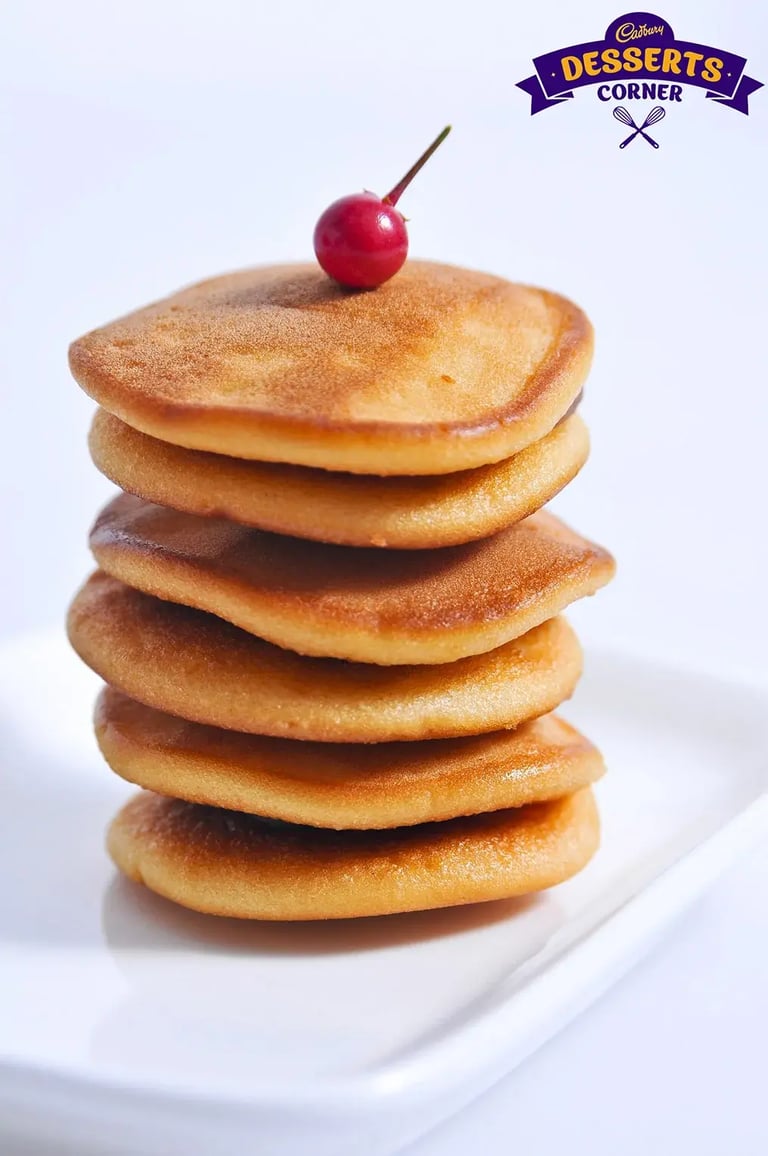
Doraemon's dora cakes that kids know today, as well as the now adults who used to watch the show, are actually called ‘dorayaki’ in Japan, with a red bean or azuki bean paste filling in the center. They are a simple indulgence with a delicious core encased by two flat pancakes that take the shape of a bun-like structure.
The key is to fill the pancake sandwiches perfectly without making them overflow. Melt the chocolate gently and let cool slightly so it is spreadable, but not too runny. Use a small spoon or piping bag to fill the center of one pancake half, then sandwich with the other half. Gently press so the chocolate spreads to the edges and refrigerate to set before enjoying.
4. Tiramisu from Italy
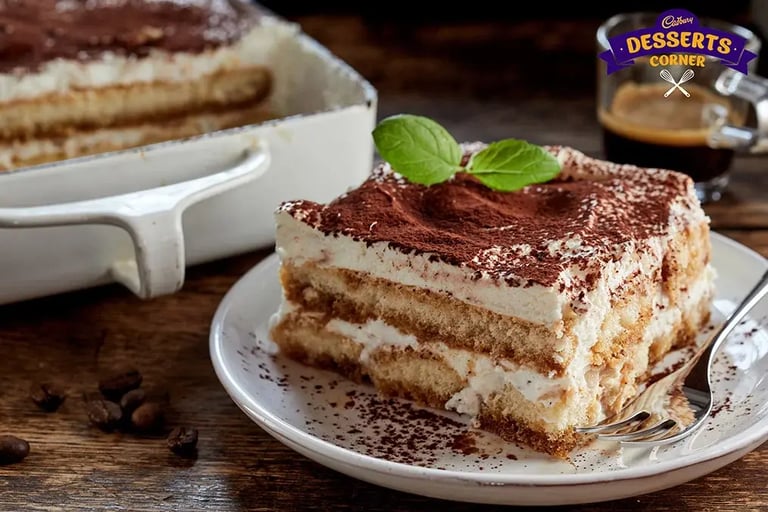
The secret to the perfect tiramisu is letting it sit so the flavors meld. Layer ladyfingers, mascarpone, coffee and cocoa powder, then cover and refrigerate overnight. This allows the ladyfingers to soak up just the right amount of coffee without getting soggy. It also gives the mascarpone time to absorb the coffee's richness. By waiting, the tiramisu tastes even better than in the best Italian restaurants.
5. Sacher-Torte from Austria
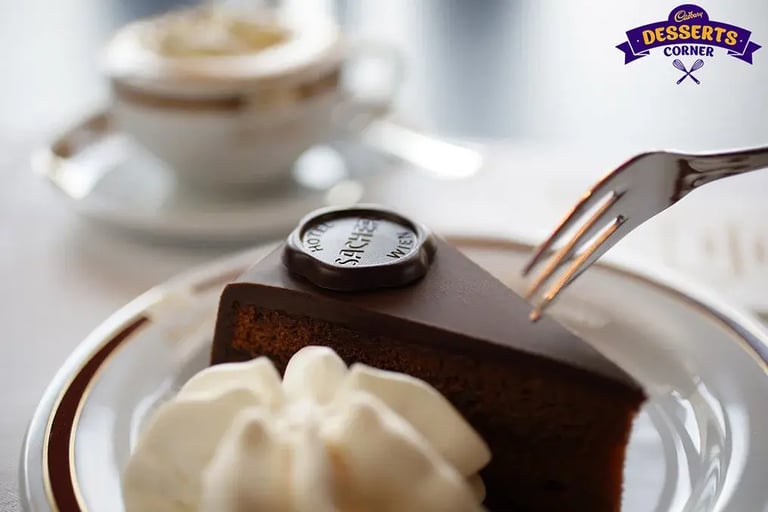
The Sachertorte, or chocolate cake, is of Viennese specialty originating from Austria. It was invented by Franz Sacher in 1832 for Prince Metternich, a key person in driving European relations during that time.
The key to perfecting the Sacher-Torte is getting the chocolate sponge cake and apricot jam layers evenly moist without being soggy. Bake the cake in two thin layers and let cool completely before assembling. Spread a thin, even layer of jam between the layers and on top. Coat the entire cake in a smooth chocolate icing to seal in the moisture. Refrigerate before serving.
6. Schwarzwald Kirschtorte from Germany
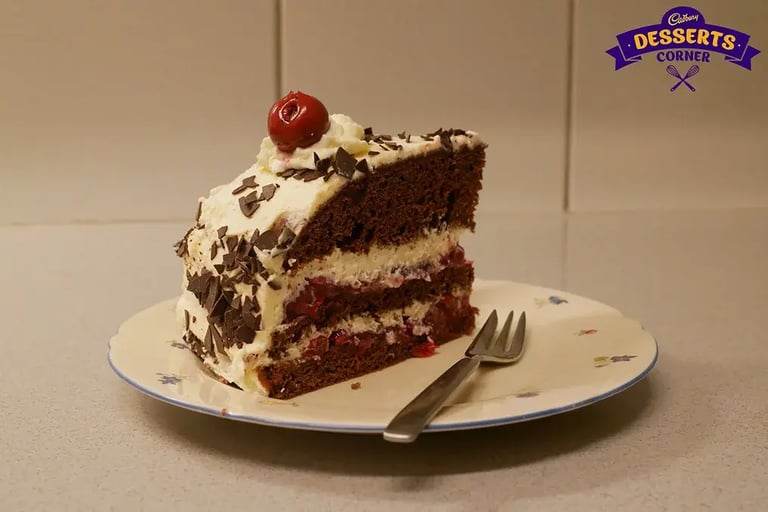
Simply translating to the Black Forest Cake, it is a boozy dessert that does away with the booze once you leave Germany. The cherry brandy (kirsch) used to soak the cake sponges, only grows and is made around the Rhine Valley, which is home to the Black Forest of Germany, hence the name.
Since the key ingredient is alcohol, we recommend substitutes. If you are making this cake, soak the cherries in simple sugar syrup for at least an hour before using. The syrup plumps the cherries and infuses an intense sweet flavor. Alternate layers of chocolate cake, cherries, and whipped cream frosting. Finish with shaved chocolate curls for decoration. The secret to getting a close enough flavor is soaking the cherries.






















